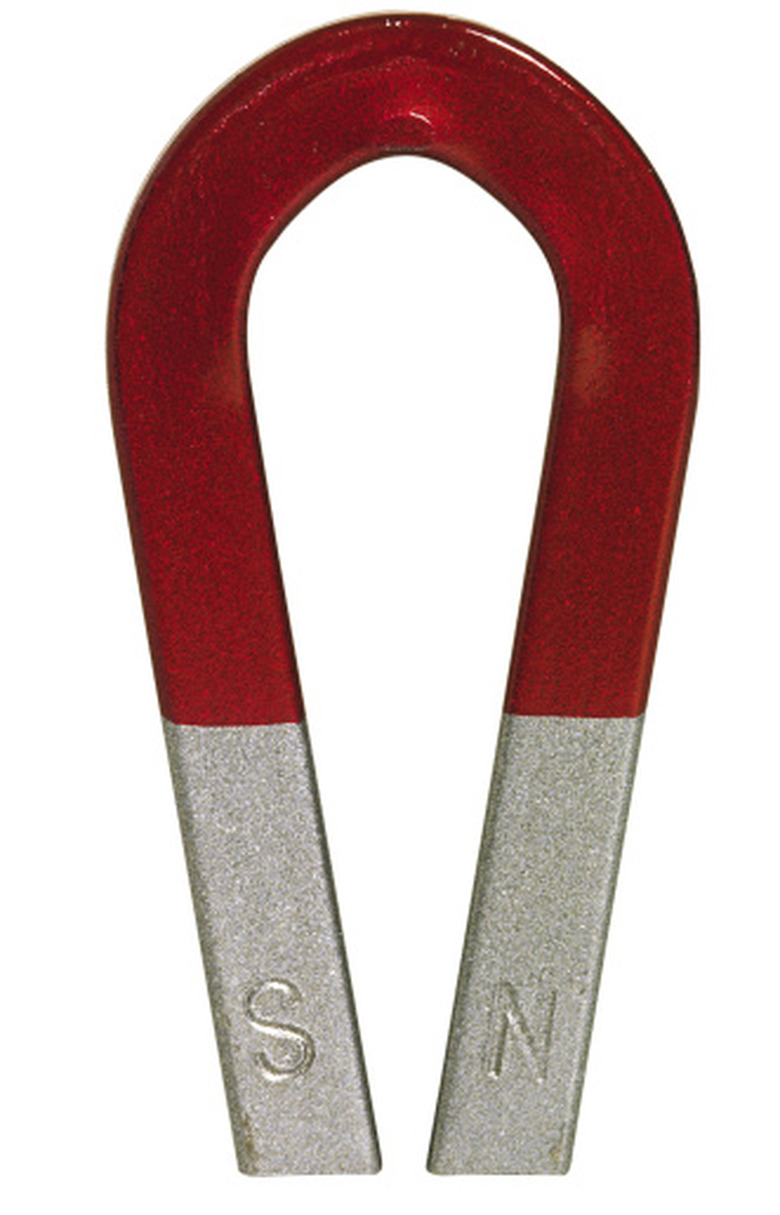How To Use Magnets To Make Something Float
Magnetism is a strange force. It is able to push and pull objects without touching them. It keeps the spinning Earth in line. And it's enjoyed a long stint as a popular science topic since its discovery more than 4,000 years ago. One of the many uses of magnetism is as an anti-gravitational flotation system. Using the correct number and placement of magnets, almost any object can be induced to float, seemingly weightless above the ground.
Bismuth Plates
Bismuth Plates
Melt some bismuth, a magnetically charged lead alternative used in bird shot and fishing lures. This is the raw ingredient to make a "bismuth plate."
Each bismuth plate will repel a neodymium-iron-boron magnet. Attach enough neodymium-iron-boron magnets to the underside of an object and above enough bismuth plates, and you will have rudimentary flotation.
Polarized Magnets
Polarized Magnets
Available in most hobby shops, dipolar magnets have two sides, a "north" and "south." When placed in opposition to one another (north against north, south against sorth), the magnets repel one another vigorously.
Attach a crowd of dipolar magnets to the underside of an object, all with the same side facing down toward a similar crowd of opposingly-placed magnets on the ground. The magnets will repel one another and create lift.
Magnetized Metal
Magnetized Metal
Some metals, such as iron, can be magnetized enough to repel other magnets, sometimes forcibly. By laying down a sheet of magnetized iron and attaching repulsive magnets to the object you'd like to float, you'll create tension between the two materials that might (depending on the weight of your object) lead to flotation.
Suspended Flotation
Suspended Flotation
Novelty items have made good use of this technique for quite some time, specifically as desk decorations. The concept is relatively simple, though tricky to execute.
Obtain a polar magnet (north/south) and place it flat on a surface. Create an opposing force using another polar magnet with the same side down.
By placing a third bipolar magnet between the two, you can use the force of gravity to keep it from attaching itself to the upper magnet. The repulsion effect of the lower magnet will keep it from falling.
References
Cite This Article
MLA
Gaither, Jordan. "How To Use Magnets To Make Something Float" sciencing.com, https://www.sciencing.com/use-magnets-make-something-float-8552645/. 24 April 2017.
APA
Gaither, Jordan. (2017, April 24). How To Use Magnets To Make Something Float. sciencing.com. Retrieved from https://www.sciencing.com/use-magnets-make-something-float-8552645/
Chicago
Gaither, Jordan. How To Use Magnets To Make Something Float last modified August 30, 2022. https://www.sciencing.com/use-magnets-make-something-float-8552645/
